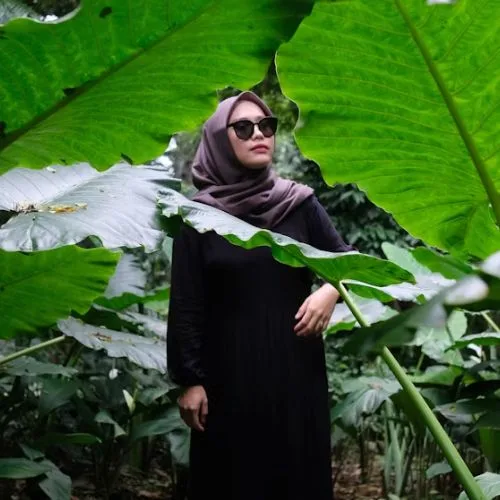Key Insights
- DALL-E is an AI system that generates lifelike images based on text descriptions, making it accessible and engaging.
- The name “DALL-E” blends the renowned surrealist artist Salvador Dalí and the Pixar robot WALL-E, capturing its imaginative and artistic capabilities.
- DALL-E has been trained on extensive datasets and is integrated within ChatGPT, offering a straightforward user experience for a variety of creative applications.
DALL-E can create stunning visuals, but it’s neither a painter nor a photographer—it’s an AI model. For those of us who may not have artistic skills, it serves as an enjoyable tool worth exploring.
What Is DALL-E?
By providing a text prompt, you can specify exactly what you’d like to see, and DALL-E will generate an image for you in seconds. What seems like magic is actually a cutting-edge AI model developed by OpenAI to convert written prompts into images.
Thanks to its user-friendly interface that only requires basic English proficiency, DALL-E has attracted a diverse group of users. People employ it for various creative projects, from crafting immersive scenes for tabletop games to generating eye-catching images for online articles.
The name DALL-E is derived from the fusion of the iconic artist Salvador Dalí and the animated robot WALL-E, symbolizing its unique blend of creativity and technology.
With its remarkable ability to illustrate objects, landscapes, and animals in various art styles—including oil painting and photorealism—DALL-E has given rise to an exciting new genre of art. It effectively captures and presents ideas with impressive accuracy.
DALL-E debuted as one of the first generative AI models to gain global recognition in 2021 and continues to maintain its relevance amidst emerging competitors like Midjourney, which is also a robust AI art generator, along with several other alternatives.
How Does DALL-E Work?
To achieve its artistic capabilities, DALL-E underwent extensive training using vast datasets comprised of millions of images paired with descriptive captions. OpenAI categorizes DALL-E as a transformer language model, showcasing its complex yet fascinating mechanics.
If interested, you can delve into a simplified explanation of artificial intelligence.
How to Use DALL-E in ChatGPT
The latest version of DALL-E is embedded in ChatGPT, an AI chatbot that can assist with various tasks. If you don’t have a ChatGPT account yet, that’s your first step.
Inside ChatGPT, the interface resembles a messaging app. You can initiate a creative conversation, treating it like you’re interacting with a graphic designer. A basic prompt, like “Can you design a logo for my coffee shop?” will kick things off.
ChatGPT will then request further specifics from you. After providing additional details, you’ll receive multiple images tailored to your requests. This back-and-forth dialogue can continue as often as needed to refine the image creation process.
You can also jump straight into a thorough description of the image you envision, detailing as much as possible.
Refining your prompt is essential for producing excellent images with DALL-E. If certain features don’t turn out as expected, try experimenting with word choices and their placement. Expect a bit of trial and error as part of the creative process.
What Can You Do With DALL-E?
Since the advent of AI image generators like DALL-E, there has been a thriving community of enthusiasts embracing these tools as a hobby. Part of the excitement lies in mastering the creation of impressive images, a skill often referred to as “prompt engineering.” As with any hobby, there are numerous ways to improve your technique.
For others, DALL-E offers tangible benefits. It’s great for graphic design, logo creation, concept art, web design, and crafting visuals for newsletters, among other applications. For many, hiring a professional can be cost-prohibitive, making AI-generated images a practical and affordable solution.
DALL-E stands out as a powerful AI image generator, being one of the pioneers in popularizing this innovative technology. Using it is incredibly straightforward—just type in what you want, and it generates the image for you. While it may not require traditional artistic skills, many have demonstrated that it can evolve into a fulfilling hobby if you invest time in mastering the art of creating stunning AI visuals.




